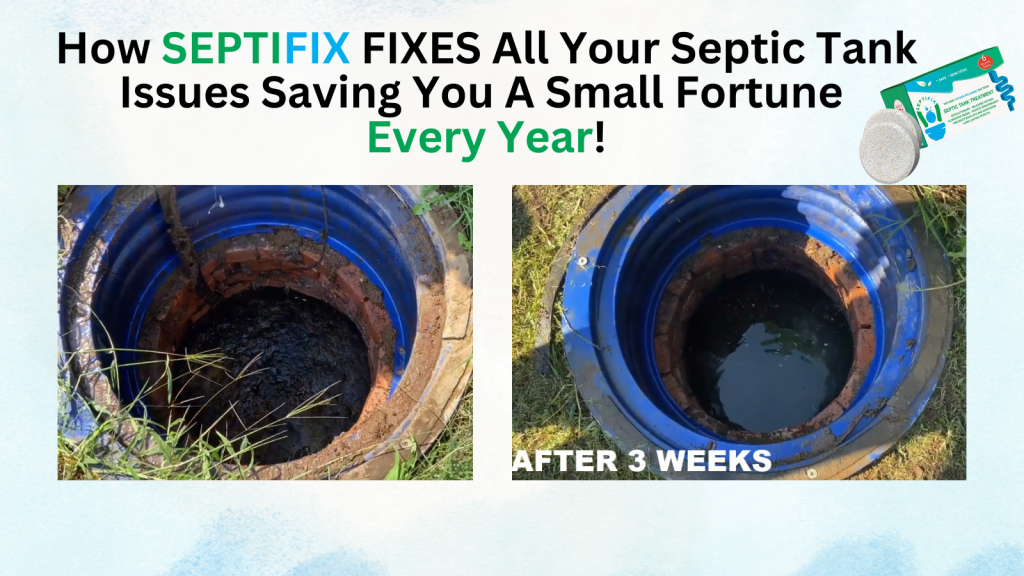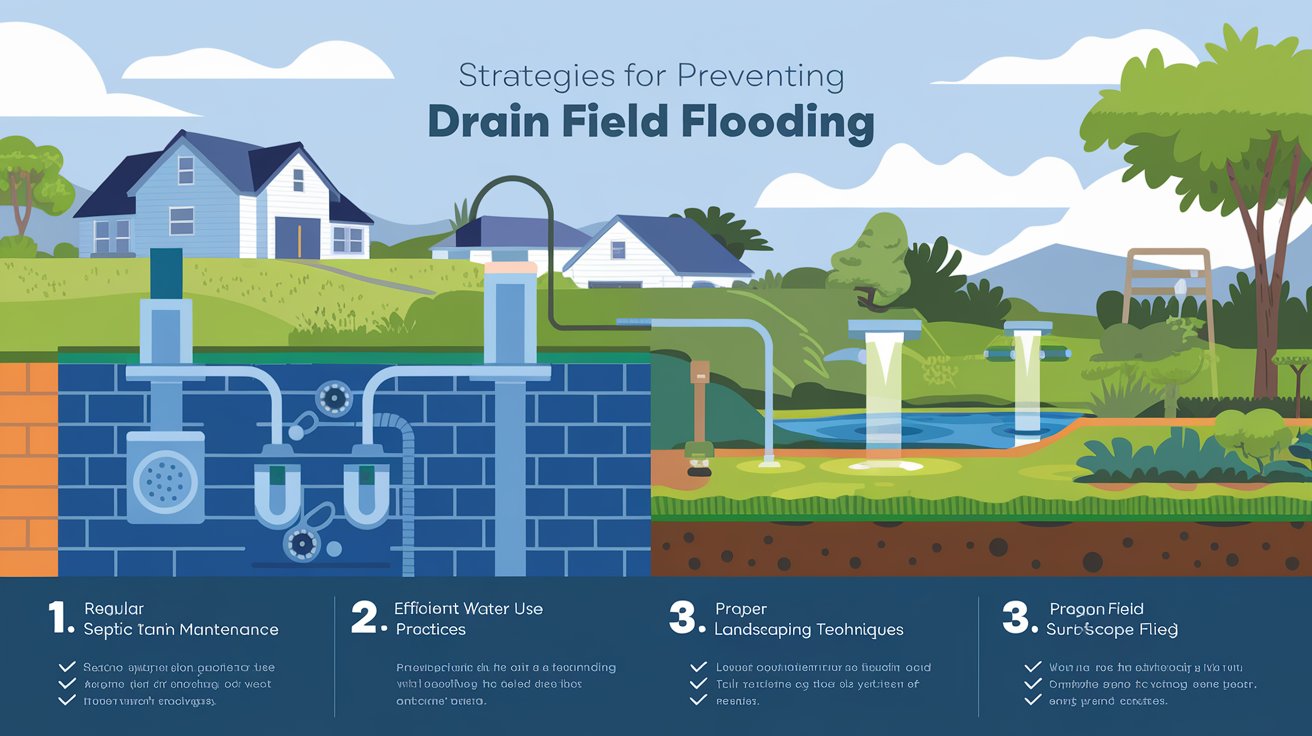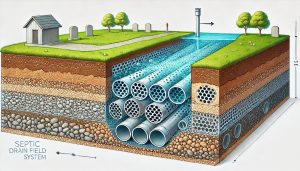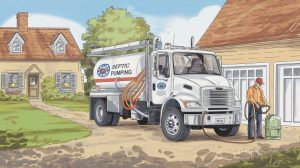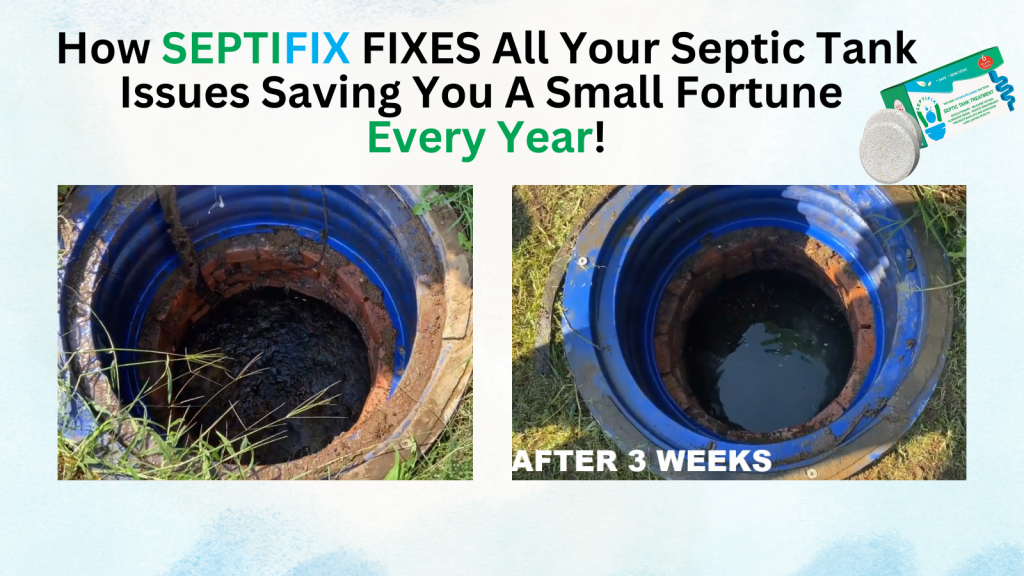If you’re a homeowner with a septic system, learning how to prevent drain field flooding is essential for protecting your property, health, and wallet. A flooded drain field can cause septic system backups, lawn flooding around septic areas, and even contaminate groundwater. Fortunately, with regular maintenance and mindful water use, you can avoid most of these issues before they start.
Table of Content
- Understanding Your Drain Field
- How to Prevent Drain Field Flooding
- Warning Signs of a Flooded Drain Field
- When to Call a Pro
- Contact Info and Resources
- Septifix: Keep Your Septic Healthy
- Septic Permit Links by State
Understanding Your Drain Field
What Is a Drain Field?
Your septic drain field—also known as a leach field or soil absorption area—is the final stage in your septic system. It filters and disperses treated wastewater into the soil. When it floods, wastewater can no longer be absorbed, leading to surface pooling, foul odors, and potential signs of drain field failure.
Common Causes of Flooding
- Excessive water use inside the home
- Heavy rainfall or poor yard drainage
- Compacted soil or root intrusion
- Failing septic tank not pre-treating waste properly
- Driving or parking over the drain field
How to Prevent Drain Field Flooding
1. Maintain Your Septic System Regularly
Routine septic drain field maintenance is the foundation of a healthy system. Have your tank pumped every 3–5 years, depending on household size and usage. Inspections should check for sludge levels, leaks, and signs of backup. A neglected septic tank can overflow into the drain field, causing flooding.
Pro Tip: Keep a record of pumping and inspections. Set reminders for future service.
2. Divert Surface Water Away from the Drain Field
Make sure your yard is graded to direct rainwater away from the septic area. Install French drains or swales if your lawn tends to pool water during storms. This protects the soil’s ability to absorb effluent effectively.
Bonus Insight: Some homeowners use rain gardens or dry wells to capture roof runoff and keep it away from septic zones.
3. Use Water Efficiently Indoors
Reducing the amount of water entering your system helps maintain its balance. Here’s how to manage household water use effectively:
- Fix leaking toilets and faucets promptly
- Install low-flow fixtures and appliances
- Spread laundry over several days
- Avoid long showers or running taps unnecessarily
These habits prevent hydraulic overload, which is a major cause of septic system backup and field flooding.
4. Limit What Goes Down the Drain
Non-biodegradable materials can clog your drain field. Avoid flushing or draining:
- Grease, fats, and oils
- Coffee grounds
- Baby wipes or “flushable” wipes
- Harsh chemicals like bleach or drain cleaner
Stick to septic-safe toilet paper and avoid dumping anything that bacteria can’t break down easily.
5. Protect the Drain Field Area
Treat the drain field like a delicate zone:
- Never drive, park, or build structures over it
- Don’t plant trees or shrubs with aggressive roots nearby
- Use shallow-rooted grass as cover
- Keep livestock and heavy equipment off the area
This protects the pipes and soil structure underneath.
Warning Signs of a Flooded Drain Field
Being able to spot early signs of drain field failure can save you from major repairs. Watch for:
- Slow drains or gurgling toilets
- Wet spots or soggy ground near the drain field
- Sewage odors around the yard or home
- Lush green grass only over the septic field
- Backed-up plumbing or toilets
If you notice any of these red flags, it’s time to call a septic professional.
When to Call a Pro
While some maintenance tasks can be DIY, don’t hesitate to bring in a licensed septic contractor if:
- You suspect your drain field is flooding
- Sewage is backing up inside your home
- Odors are persistent and worsening
- Heavy rain follows slow drainage issues
Drain field problems worsen over time. Early intervention can prevent costly full-system replacements.
Contact Info and Resources
- EPA SepticSmart Homeowner Resources
https://www.epa.gov/septic - National Onsite Wastewater Recycling Association (NOWRA)
https://www.nowra.org - How to Spot Septic System Problems Early
– A helpful guide on warning signs and troubleshooting tips - Septic Backup Systems
– Learn how greywater affects drain field performance
Conclusion: Stay Ahead of Drain Field Issues
Preventing drain field flooding isn’t just about keeping water out—it’s about smart septic practices year-round. By managing water use, performing routine septic maintenance, and protecting the soil absorption area, you can avoid backups, costly repairs, and potential health hazards.
Stay proactive, pay attention to warning signs, and call in a professional when needed. Your drain field (and your wallet) will thank you.
Septifix: Keep Your Septic Healthy
